Imagine needing a life-saving drug, but it costs three months’ wages. For millions in low-income countries, this isn’t a hypothetical-it’s daily reality. Generics were meant to fix that. They’re chemically identical to brand-name drugs but cost up to 80% less. Yet, despite their potential, billions still go without. Why? It’s not because generics don’t work. It’s because the system keeps them out of reach.
What Generics Actually Are (And Why They Matter)
Generics are exact copies of branded drugs. Same active ingredient. Same dose. Same effect. The only difference? No patent. No marketing. No fancy packaging. That’s it. When a drug’s patent expires, any manufacturer can produce it. In the U.S., 90% of prescriptions are filled with generics. In low-income countries? Only 5% of the medicine market is made up of unbranded generics. That’s not a technical gap. It’s a policy failure.
The World Health Organization lists 102 essential medicines that every health system should have. Many of these-like antiretrovirals for HIV, tuberculosis drugs, and malaria treatments-are now off-patent. Generic versions have been around for decades. In 2001, the cost of a year’s HIV treatment in Africa was $10,000. Today, thanks to generics, it’s under $75. That’s not luck. That’s policy. Countries like India and Brazil used flexibilities in global trade rules to produce and distribute generics at scale. Millions of lives were saved because they chose access over profit.
Why Generics Haven’t Taken Off in Poorer Countries
It’s not that people don’t want generics. It’s that they can’t get them. In many low-income countries, the public health system is underfunded, understaffed, and understocked. A 2023 Lancet study found that medicine availability in public clinics across sub-Saharan Africa hovered around 40%. Private pharmacies might have more stock, but prices are sky-high. Why? Because import taxes, tariffs, and middlemen inflate costs before the drug even hits the shelf.
Then there’s the perception problem. Many patients and even doctors still believe branded drugs are better. That’s not true. A WHO review of 1,000 generic drugs across 30 countries found no difference in effectiveness or safety. But in places where counterfeit drugs are common, people are scared. They’ll pay more for a brand they recognize-even if it’s just a placebo effect. And in rural areas, where supply chains are broken, generics often don’t arrive at all. One nurse in Malawi told a researcher: “We have the prescriptions. We have the patients. But the medicines? They’re always out of stock.”
Who’s Making Generics-and Who’s Holding Them Back
Five companies-Cipla, Hikma, Sun Pharma, Teva, and Viatris-produce 90% of the generic medicines needed in low-income countries. They’re capable. They have the capacity. But according to the Access to Medicine Foundation’s 2024 report, they only have clear access strategies for 41 out of 102 essential drugs. And even then, few of those strategies consider what patients can actually afford. A drug might cost $5 instead of $50-but if someone earns $2 a day, $5 is still too much.
Meanwhile, big pharma companies like Pfizer and Novartis have “inclusive business models” that promise access. But their reports rarely say how many people actually get the drugs. One company claims to reach “over 100 million patients” in low-income countries. But when pressed, they can’t say which drugs, which countries, or how many were treated. Transparency is missing. And without it, we can’t tell if these programs are real-or just PR.
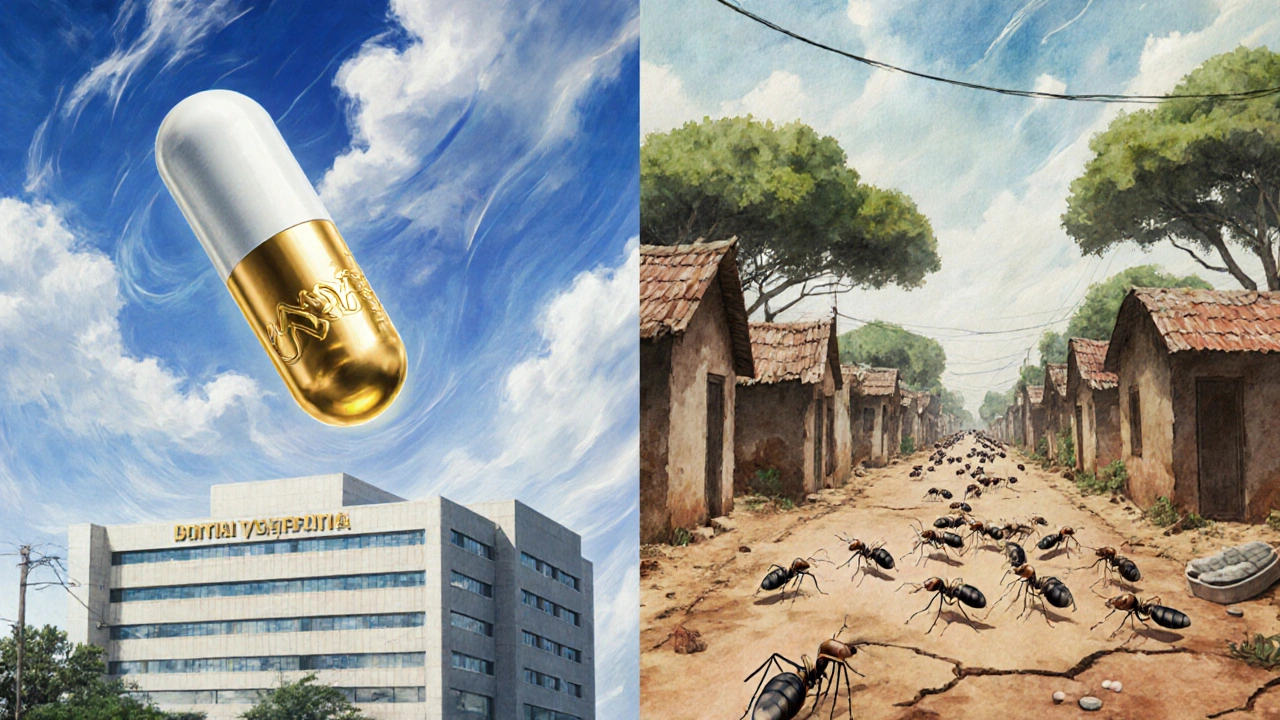
The Real Barriers: Taxes, Trade, and Time
There are three big roadblocks: taxes, trade rules, and bureaucracy.
Many African and Asian countries still slap high import duties on medicines. Some charge up to 20% just to bring in generic pills. That’s like taxing food or clean water. The Geneva Network says abolishing these tariffs could cut medicine prices by 15-30% overnight. Yet few governments do it.
Then there’s the approval process. In some countries, it takes 2-3 years to approve a new generic drug. In the U.S., it’s 6-12 months. That delay means patients wait longer. Clinics sit empty. Deaths pile up. Meanwhile, patent holders use loopholes-like “data exclusivity” or “evergreening”-to block generics even after patents expire. Dr. Jonathan D. Quick called this a “deliberate barrier.” It’s not about innovation. It’s about control.
And then there’s the lack of local manufacturing. Most generics in Africa are imported from India or China. That means longer supply chains, more risk of stockouts, and less control over quality. Only a handful of African countries have FDA-equivalent regulatory agencies. Without local production, countries remain dependent on global markets-and global markets don’t care about your clinic’s empty shelves.
Success Stories: Where It’s Working
It’s not all bleak. There are places where generics changed everything.
Thailand started producing its own generic antiretrovirals in the early 2000s. It ignored patent threats. It bought the raw materials. It trained local workers. Within five years, HIV treatment coverage jumped from 10% to over 80%. Thousands of lives saved. No donor money needed.
Rwanda built a digital tracking system for medicines. Every clinic reports stock levels weekly. If a drug runs low, the system automatically orders more. No more guesswork. No more empty shelves. Today, Rwanda has one of the highest medicine availability rates in Africa-over 85% for essential drugs.
And in India, the government subsidizes generics for public hospitals. A course of tuberculosis treatment costs less than $1. That’s not charity. That’s policy. It’s simple: if you make drugs affordable, people take them. If you make them expensive, people die.
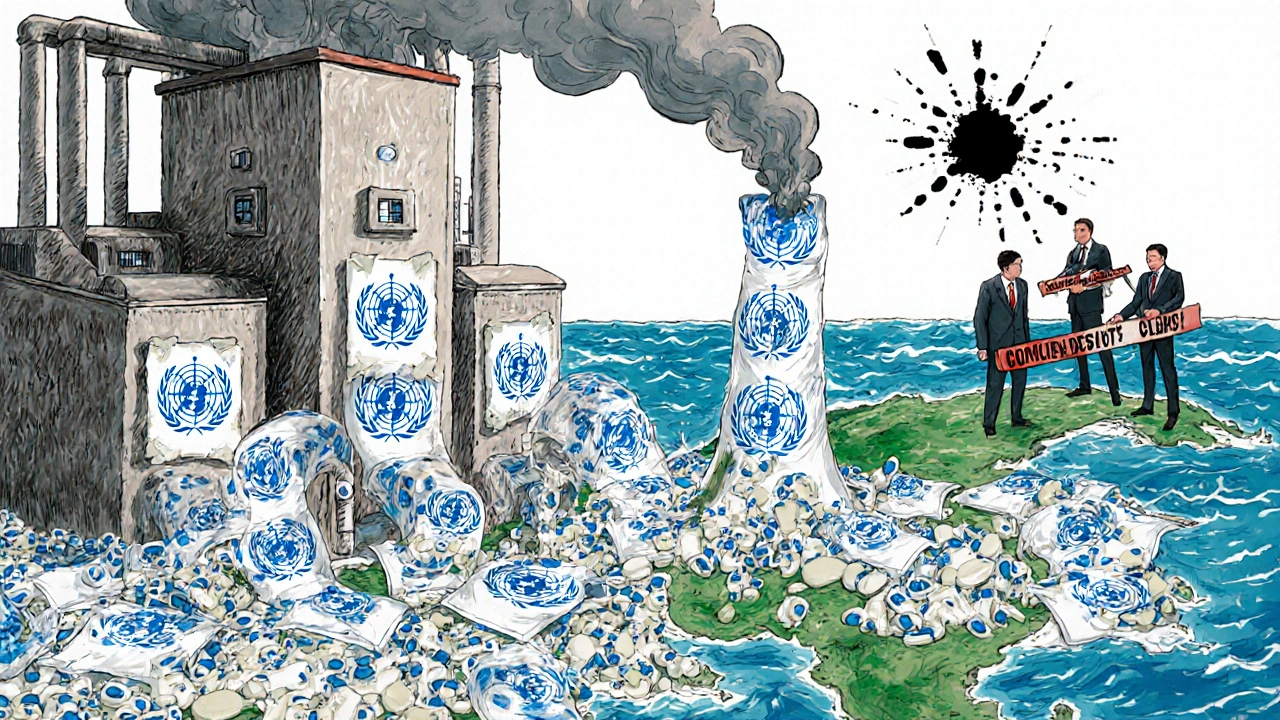
What Needs to Change
Here’s what works-and what doesn’t.
- Don’t rely on charity. Donor-funded programs are temporary. They come and go.
- Do cut import taxes and tariffs on medicines. It’s the fastest way to lower prices.
- Don’t wait 3 years for drug approval. Streamline the process. Use WHO prequalification as a global standard.
- Do invest in local manufacturing. Build regulatory capacity. Train pharmacists. Create regional supply hubs.
- Don’t let companies hide behind vague “access programs.” Demand transparency: which drugs? How many? Where?
- Do enforce the Abuja Declaration. Countries that pledged 15% of their budget to health? Only 23 of 54 African nations met that target by 2022. That’s not an accident. It’s neglect.
The tools are there. The science is proven. The cost savings are massive. What’s missing is political will. Until governments treat medicine like a right-not a luxury-generics will remain a promise, not a reality.
What You Can Do (If You’re Not in a Low-Income Country)
If you live in a wealthy country, your voice matters. Support organizations pushing for fair patent rules. Pressure your government to stop blocking generic production in poor nations. Write to your representatives. Demand that global health funding goes to systems-not just pills. The next time you hear “We can’t afford to make drugs cheaper,” ask: “Who exactly can’t afford it?” The answer isn’t the manufacturers. It’s the people who can’t pay.
Are generic drugs safe in low-income countries?
Yes, if they’re properly regulated. The WHO prequalifies generic manufacturers that meet international quality standards. Many generics used in Africa and Asia come from factories in India and Brazil that supply the U.S. and EU markets. The problem isn’t safety-it’s access. Counterfeit drugs exist, but they’re not the same as legitimate generics. Strengthening regulation-not avoiding generics-is the solution.
Why don’t low-income countries just make their own generics?
Many do-but they face legal threats, lack of funding, and weak infrastructure. Some countries lack the labs, equipment, or trained staff to produce drugs at scale. Others are pressured by wealthy nations to avoid manufacturing, even when it’s legal under global trade rules. It’s not a technical barrier. It’s a political one.
How much cheaper are generics really?
On average, generics cost 80-95% less than branded drugs. For example, the branded HIV drug Truvada cost $1,600 per year in the U.S. The generic version, produced in India, costs $75. That’s not a small difference-it’s life or death.
Do pharmaceutical companies really help with access?
Some do-but most don’t go far enough. Companies like Cipla and Hikma sell generics at low prices. But big Western firms often offer discounts only to governments or NGOs, not to individual patients. Their programs rarely reach the poorest. And they rarely disclose how many people actually benefit. Real access means pricing based on what people can pay-not what corporations think they should pay.
Is the problem just about money?
No. Money is part of it-but so are supply chains, regulation, and trust. Even if a drug is cheap, it won’t help if it doesn’t reach the clinic. Or if the pharmacist doesn’t know how to use it. Or if patients don’t trust it. Fixing access means fixing all of it: logistics, training, education, and policy-not just price tags.
Generics aren’t magic. But they’re the closest thing we have to a cure for global health inequality. The question isn’t whether we can afford to make them available. It’s whether we can afford not to.


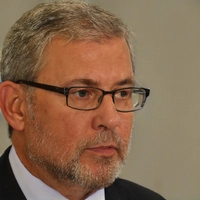

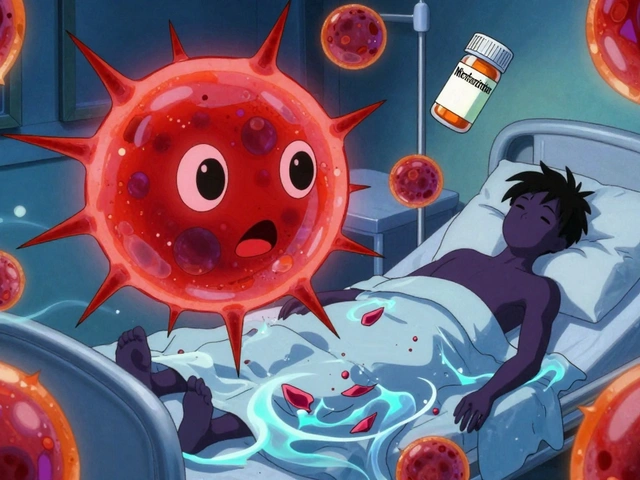


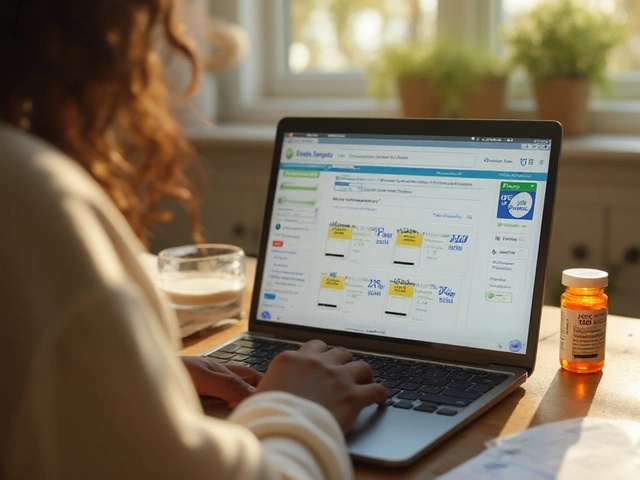

they said generics were safe but then i heard the indian factories use the same water for washing vials and the toilets… no wonder people die. they’re not saving lives, they’re just moving the bodies faster. who even checks this stuff? the WHO? lol
Let’s be honest - this whole ‘access to generics’ narrative is just a Trojan horse for Western governments to undermine pharmaceutical innovation. India doesn’t produce generics because they care about Africans - they do it because they’re patent thieves with a state-sponsored racket. Stop romanticizing theft as ‘justice.’
Oh please. The ‘poor countries can’t afford medicine’ sob story is the most overplayed narrative since ‘climate refugees are coming to your doorstep.’ The real issue? Corrupt ministers siphoning off aid budgets. Local pharmacies selling expired stock. And yes - the average villager still believes ‘blue pills’ work better than ‘white ones’ because the pharma reps gave them free pens. It’s not the drug. It’s the dysfunction. Fix the system, not the price tag.
And don’t get me started on ‘local manufacturing.’ You think a village in Malawi can build a GMP-compliant lab with $200k and a dream? Wake up. The only thing ‘local’ here is the poverty.
I just want to say - thank you for writing this. It’s so easy to feel helpless, but seeing places like Rwanda and Thailand prove change is possible? That gives me hope. We need to push our leaders to stop treating medicine like a luxury item. It’s not charity - it’s basic human dignity. 💪
Wow. So you’re saying the entire global pharmaceutical industry is evil and India is the savior? That’s the most naive take I’ve read since ‘Bitcoin will replace money.’ Big Pharma invests billions in R&D - without patents, no new drugs get made. You want generics? Fine. But don’t pretend the system that made them possible is the villain.
Also, your ‘$75 HIV drug’? That’s not the full cost. Shipping, cold chain, storage, trained staff - add $200+ per patient. You think that’s covered by ‘policy’? Wake up. This isn’t a Netflix documentary.
they’re lying. the generics are laced with rat poison. i read it on a blog. the usa banned them but they still get shipped to africa through shady dealers. the gov knows but they don’t care. they want us to die so they can control the population. also, the moon landing was fake.
From a pharmacologist’s perspective - the real bottleneck isn’t manufacturing, it’s pharmacovigilance infrastructure. Most low-income countries lack robust adverse event reporting systems. Even if the API is 100% pure, without bioequivalence testing, batch-to-batch variability becomes a silent killer. The WHO prequalification is a start, but it’s not scalable without local analytical capacity. We need decentralized QC labs - not just more imports.
Also, ‘data exclusivity’ is the real villain. It’s not patent evergreening - it’s regulatory capture. 5 years of data monopoly after patent expiry? That’s not innovation. That’s rent-seeking disguised as IP protection.
This post is so important. I used to think generics were just ‘cheaper versions’ - until I saw a friend in rural Kenya get her TB meds for $0.80 a month. Same pills. Same results. Just… cheaper. The myth that branded = better is the real killer here. It’s not science - it’s marketing brainwashing.
And yes, local manufacturing is the only real solution. Why should a country rely on shipping pills across oceans when they could be training their own people to make them? It’s not just about medicine - it’s about dignity. Jobs. Pride. We can’t outsource health to corporations.
The tools are here. The will isn’t. And that’s on us - the people who can vote, write letters, and speak up. Don’t wait for a hero. Be the one who says ‘enough.’
Man. I just got back from volunteering in Honduras. Saw a kid on a ventilator because the asthma inhaler was ‘out of stock’ - again. The nurse cried. The mom just nodded like this was normal. We brought in a box of generics from a nonprofit. Same drug. Same dose. Same effect. The kid breathed easier in 10 minutes.
They didn’t need a hero. They didn’t need a miracle. They needed someone to stop treating medicine like a commodity and start treating it like oxygen.
So yeah - cut the taxes. End the delays. Build the labs. But most of all - stop pretending this is about money. It’s about who we decide is worth saving.